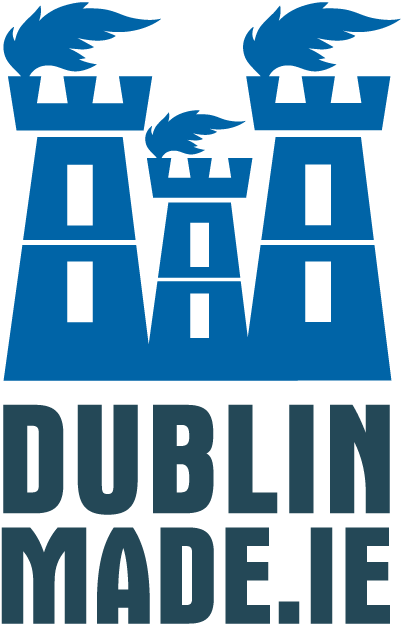
DUKW in Dublin and heartfelt story about American GI Dr O’Connor | Season 1 – Episode 98
Floats, Wheels Feb 04, 2022
John Furlong works in font-line tourism driving for Paddywagon Tours. It was when he was driving bus tours of the Normandy beaches that his interest in the vehicles of World War 2 began.
The design for the DUKW amphibious truck used the G-508 (the original “Deuce and a Half”) GMC truck, popularly known as the ‘Jimmy’. To which they fitted a watertight hull and a propeller.
The DUKW name came from the internal naming system used by the General Motors Corporation (GMC):
D – 1942 production series
U – utility vehicle
K – front wheel drive
W – tandem rear axles, both driven
The DUKWs were given a five-hour battle life, with the expectation that they would be able make just five hours of ship-to-shore deliveries. John is deeply appreciative of the people who made his DUKW back in 1945 and that it has lasted a lot longer than just 5 hours!!
DUKWs were built by a mostly female workforce. As male enlistment in the armed forces left gaping holes in the American industrial labour force, American women entered the workforce in unprecedented numbers during World War Two. ‘Rosie the Riveter’ with her slogan ‘We Can Do It!’ was aimed at recruiting female workers for the defense industries during the war.
Asked to help Viking Splash Tours set up in Dublin in 1998 John worked at converting the military spec DUKWs into tour vehicles. Of particular delight, to John was the ‘archaeological’ process of sourcing parts. He recounts opening boxes of original parts that had been held in surplus stock since the 1940s.
An integral part of the Viking Splash experience was the ‘Viking Roar’ when the driver of the DUKW would lead the passengers in roaring at passersby on the street. As John recounts, he was driving a DUKW on a tour around Dublin, and an elderly and well-dressed American gentleman was ‘giving it socks’ and enthusiastically leading the roaring.
At the end of the tour as this gentleman was disembarking John observed him pausing to pat the side of the DUKW before walking away. John called him back and they struck up a conversation.
Doctor O’Connor told John his story, as a young GI he had landed on Normandy in a DUKW and then walked and fought his way to Berlin. When he reached Berlin, he was de-mobbed and returned to the USA where he then qualified as a doctor. He married and had seven children.
When his Wife died, he married an Irish woman, and they had another seven children and he had 54 Grandchildren and lived on Ailesbury Road in Dublin. It was this conversation with Dr O’Connor that gave John a deeper appreciation for the history of the vehicle he was driving, and this became his inspiration for owning and restoring his own DUKW.
After the war John’s DUKW was shipped to Italy and used by the Italian fire service. It was then sold to a hotelier on the shores of Lake Geneva who had parked it in a field and left it to rust. From there it was and transported to Germany in 2008 to undergo restoration and then enter service with the soon to be established Viking Splash Tours, Berlin. However, the Berlin authorities were not keen on 1940s vintage DUKWs operating in the city and John was able to buy the DUKW and bring it back to Ireland for restoration.
John has all of the parts, nuts and bolts required to restore his DUKW. The only item he needs to buy is metal to restore the hull and is aiming to restore his DUKW to the condition in which it left the factory in 1945.
Credit: John Furlong, Philip Darling, VikingSplashTours
Information sources:
1. DUKW TRIALS – John Havers
2. GMC DUKW: America’s Amphibious Duck in World War II and Korea
3. WorldHistory.com
4. www.458thdrstigers.org
5. www.Britannica.com
This post is copyrighted© to Ireland Made® Not to be copied or reproduced without permission.

